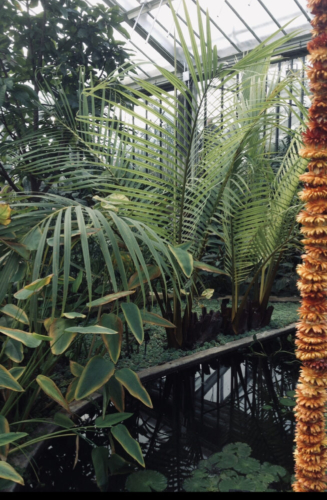When most people picture a palm tree, they imagine tropical beaches, balmy breezes, and swaying fronds under the sun. But palms are far more versatile than they appear. Scattered across the globe, a handful of species have adapted to some of the most extreme and unexpected environments — from salty coastal mangroves to freezing mountain slopes and remote volcanic islands. These outliers challenge what we think we know about where palms should grow. Let’s explore ten remarkable palm species that thrive on the edge of the map.
1. Rhapidophyllum hystrix | Needle Palm
🌍 Native Range: Southeastern United States
❄️ Claim to Fame: One of the cold-hardiest palms on Earth — can survive temperatures below 0°F!
🪨 Habitat: Shaded, swampy woodlands and understory environments
✨ Fun Fact: Its needles are sharp enough to earn it the nickname “porcupine palm.”
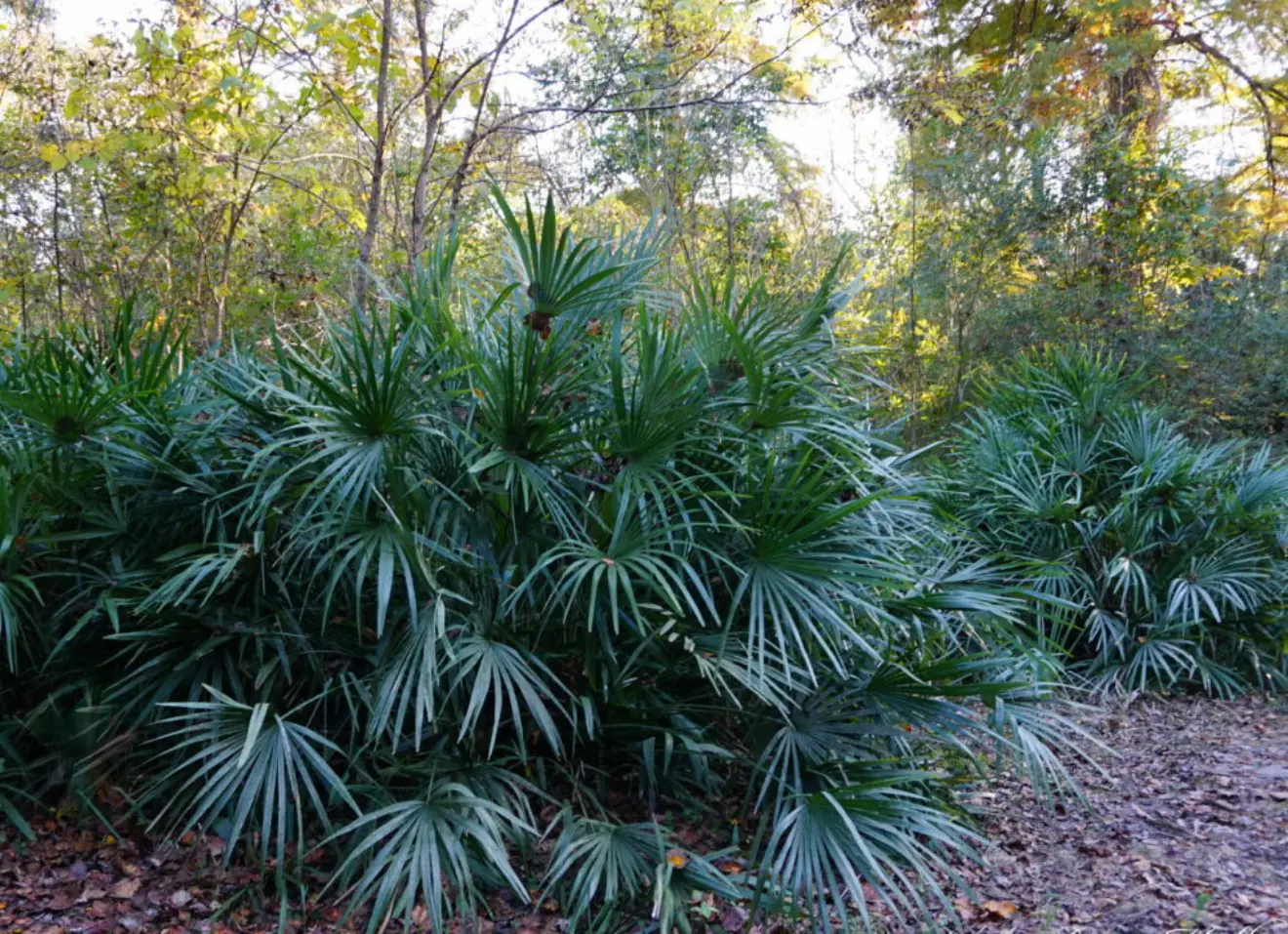
🌍 Native Range: Southeast Asia and the Pacific
🌊 Claim to Fame: Only palm that thrives entirely in waterlogged mangrove swamps
🌱 Habitat: Brackish tidal rivers and estuaries
✨ Fun Fact: The fronds can grow over 30 feet, but the trunk remains underground!
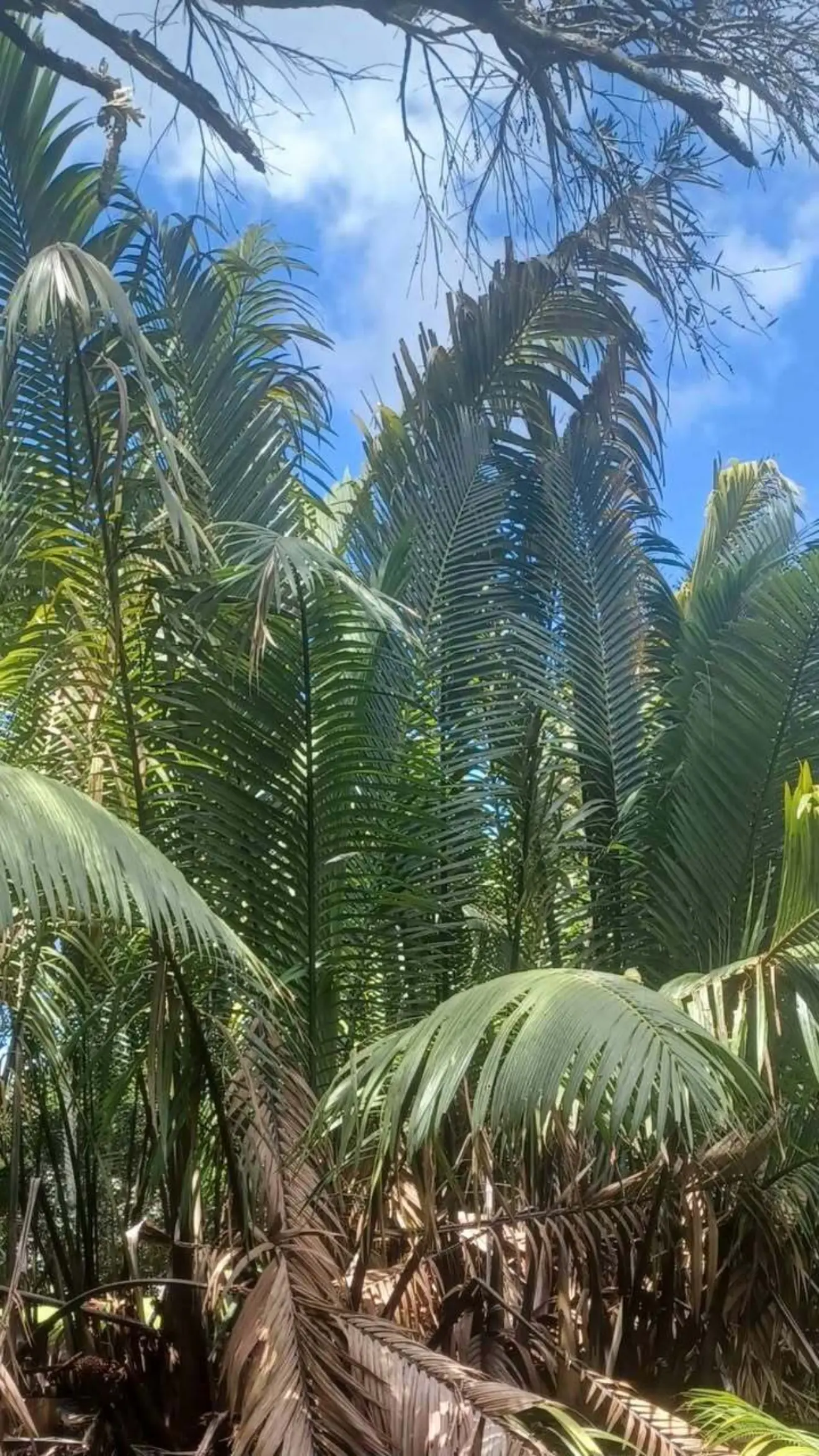
3. Juania australis | Chonta Palm
🌍 Native Range: Robinson Crusoe Island, off the coast of Chile
🏝️ Claim to Fame: One of the rarest palms, endemic to a remote volcanic island
🌬️ Habitat: Cloud forests at high elevations
✨ Fun Fact: Only one known species in its entire genus — a true island relic.

4. Trachycarpus takil | Kumaon Palm
🌍 Native Range: Himalayan foothills of India
🧊 Claim to Fame: Hardy to high elevations and cold mountain climates
🏔️ Habitat: Forests up to 7,800 feet in elevation
✨ Fun Fact: Its waxy leaf coating protects it from frost and wind exposure.
5. Coccothrinax argentata | Silver Thatch Palm
🌍 Native Range: Coastal Florida, Bahamas, and the Caribbean
🧂 Claim to Fame: Salt-tolerant and drought-resistant coastal survivor
🏝️ Habitat: Sandy shores, dunes, and coral limestone
✨ Fun Fact: Undersides of leaves shimmer silver, helping reflect intense sunlight.
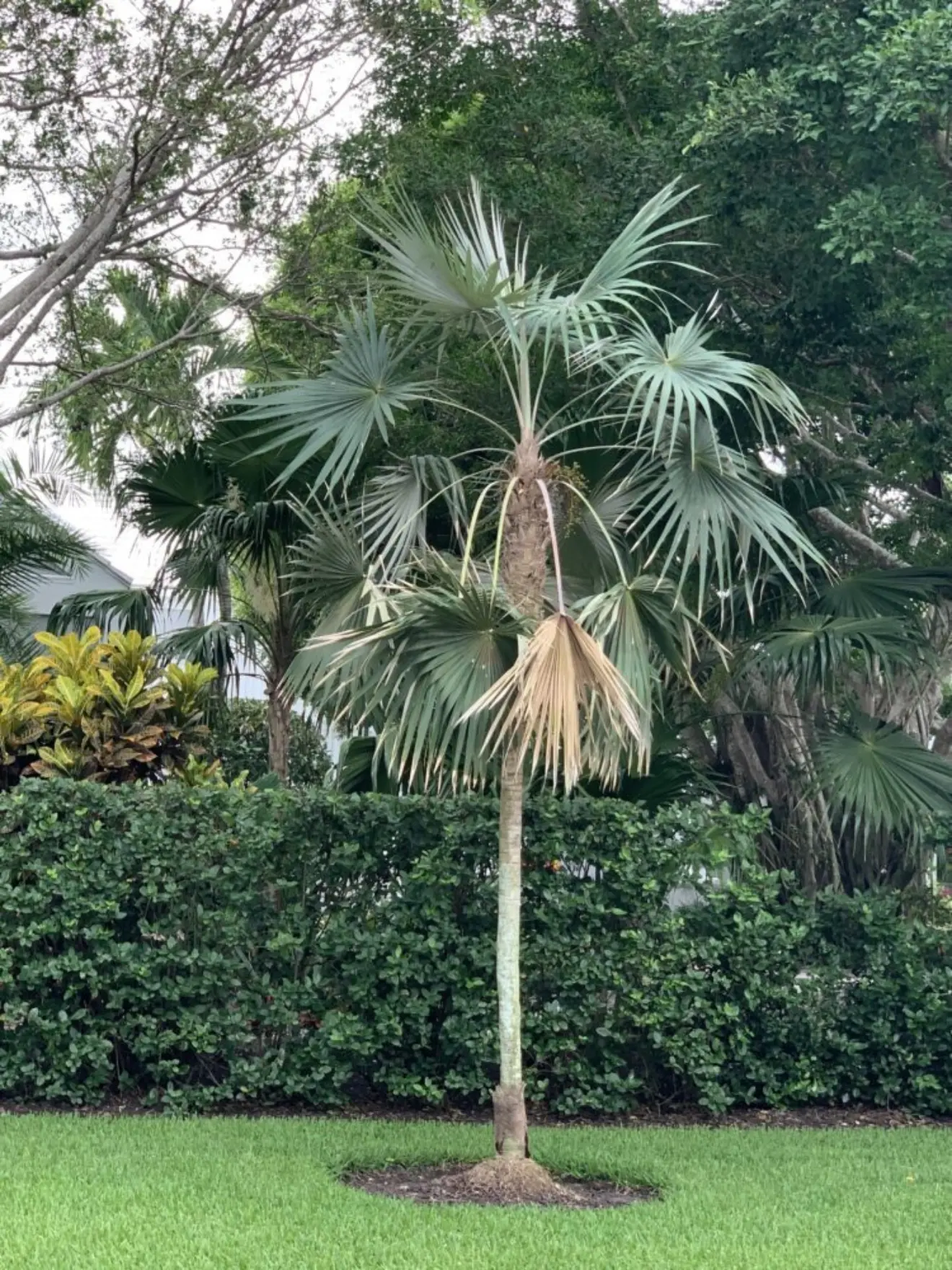
6. Ceroxylon quindiuense | Quindío Wax Palm
🌍 Native Range: Colombian Andes
🏔️ Claim to Fame: The tallest palm species in the world — grows up to 200 feet!
🧊 Habitat: Cloud forests at altitudes up to 10,000 feet
✨ Fun Fact: It’s Colombia’s national tree and protected by law.
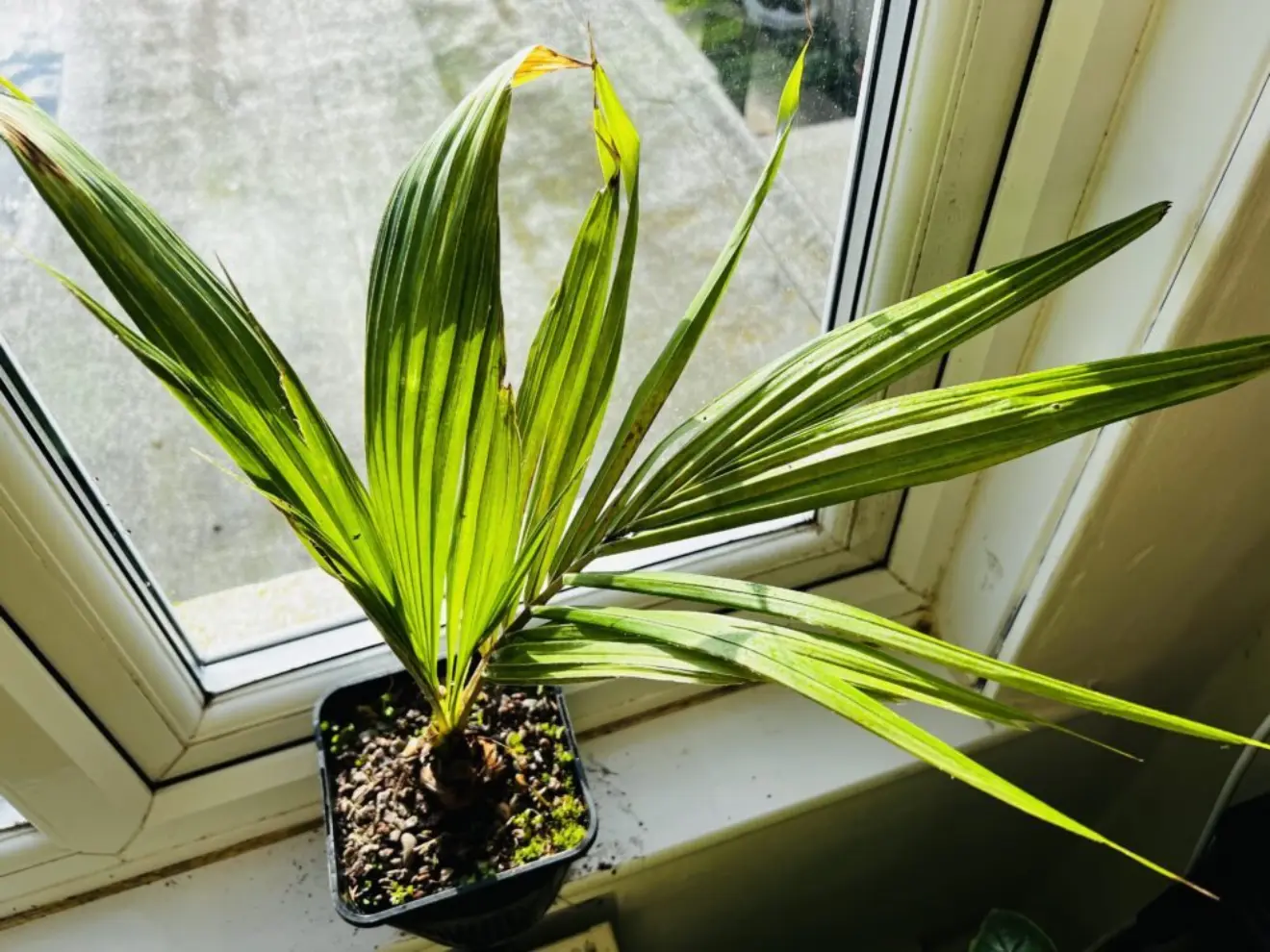
7. Beccariophoenix alfredii | High Plateau Coconut Palm
🌍 Native Range: High plateaus of Madagascar
🧊 Claim to Fame: A cold-tolerant palm from an unexpected tropical island
🌱 Habitat: Open savannas at high elevations
✨ Fun Fact: It closely resembles the Coconut Palm — but handles chilly temps much better.
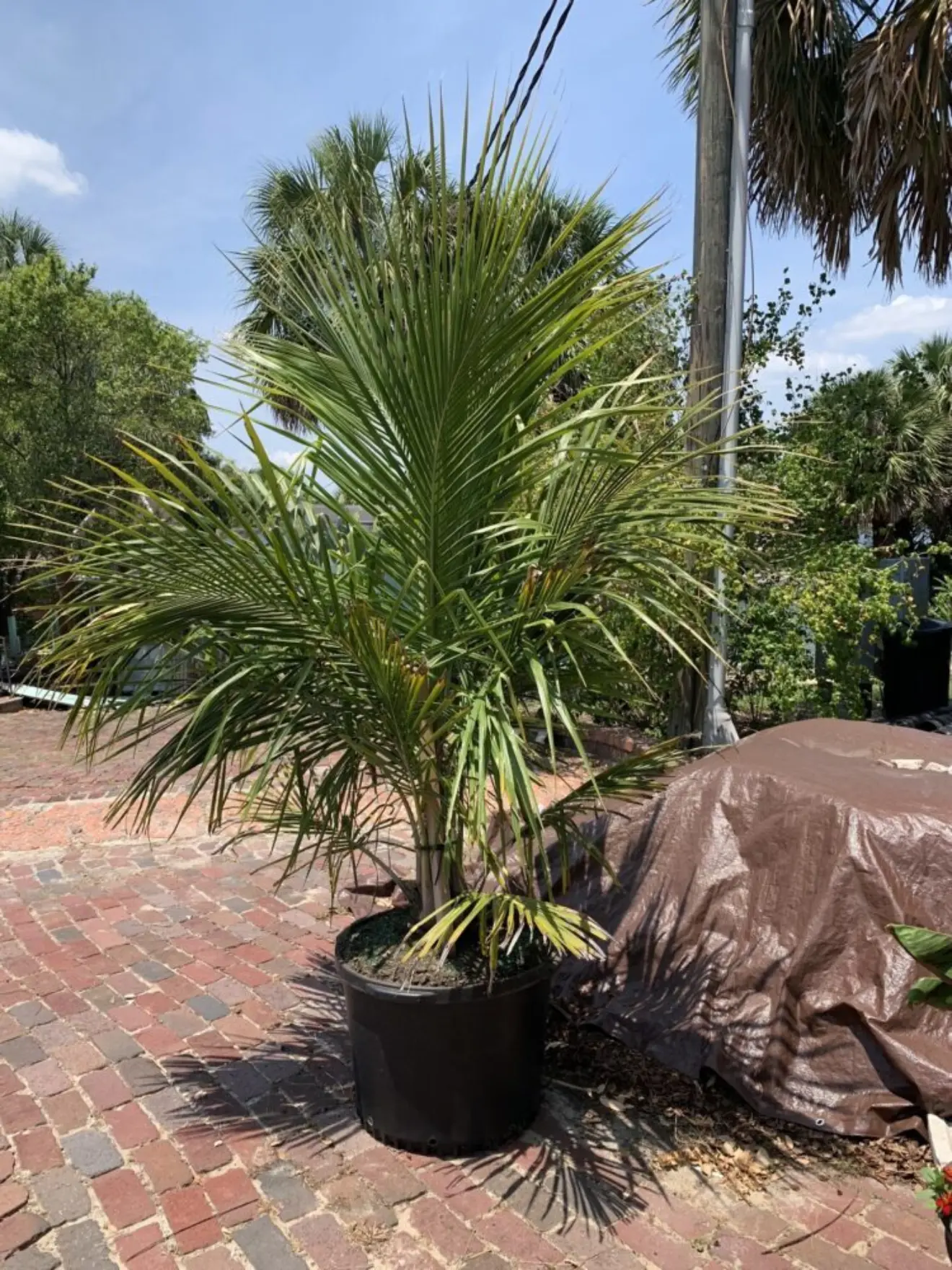
8. Oraniopsis appendiculata | Bronze Palm
🌍 Native Range: Remote mountain rainforests of Queensland, Australia
🏔️ Claim to Fame: One of the slowest-growing palms, adapted to cool, misty forests
🌫️ Habitat: Shaded, high-elevation slopes between 2,000–4,000 feet
✨ Fun Fact: It can take decades just to form a visible trunk. A true mountaintop introvert.
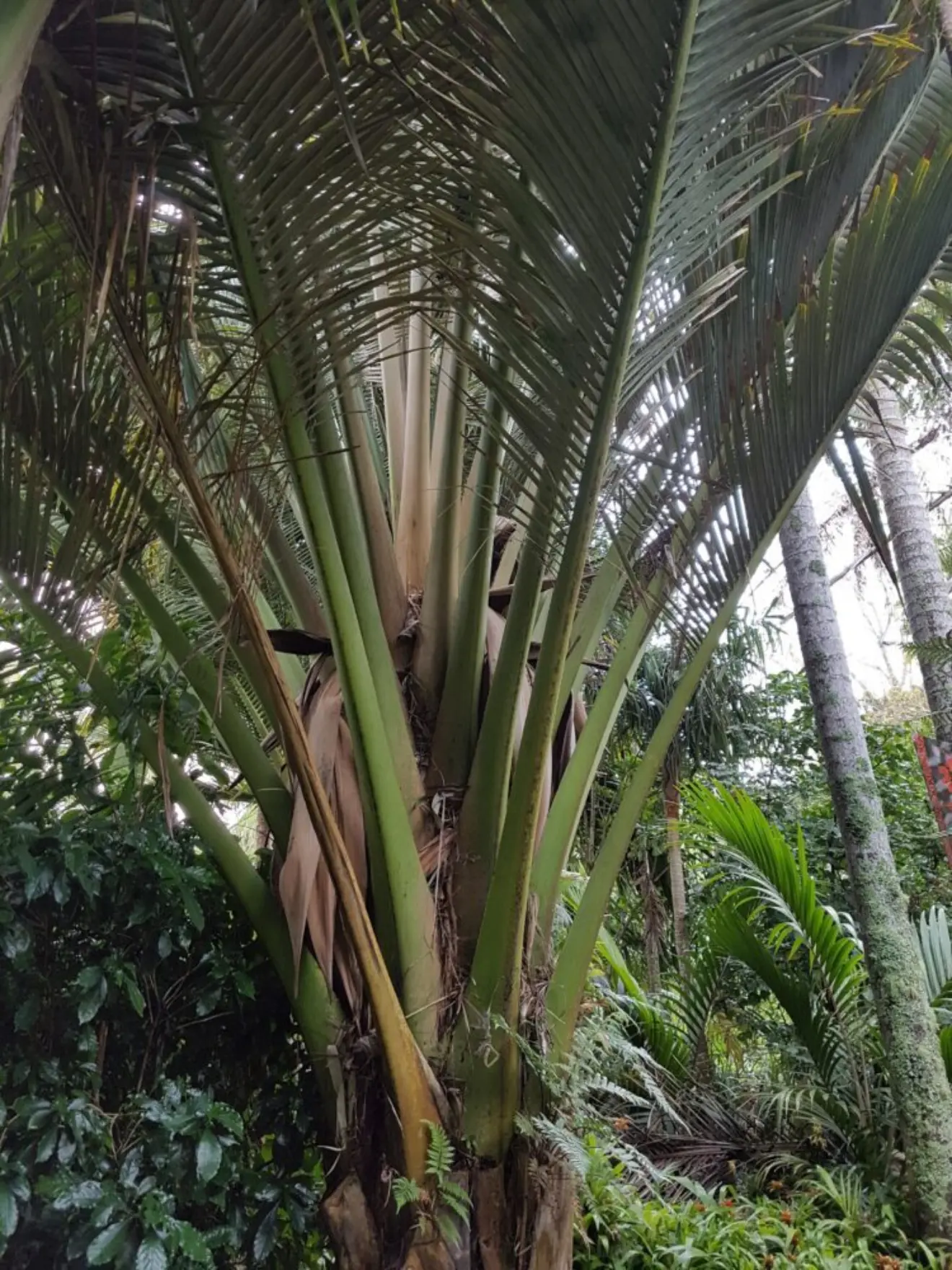
9. Rhopalostylis sapida | Nikau Palm
🌍 Native Range: New Zealand
🧊 Claim to Fame: The southernmost naturally occurring palm in the world
🌧️ Habitat: Cool coastal forests and shaded valleys
✨ Fun Fact: Its slow growth and elegant crown make it a symbol of New Zealand’s natural heritage.
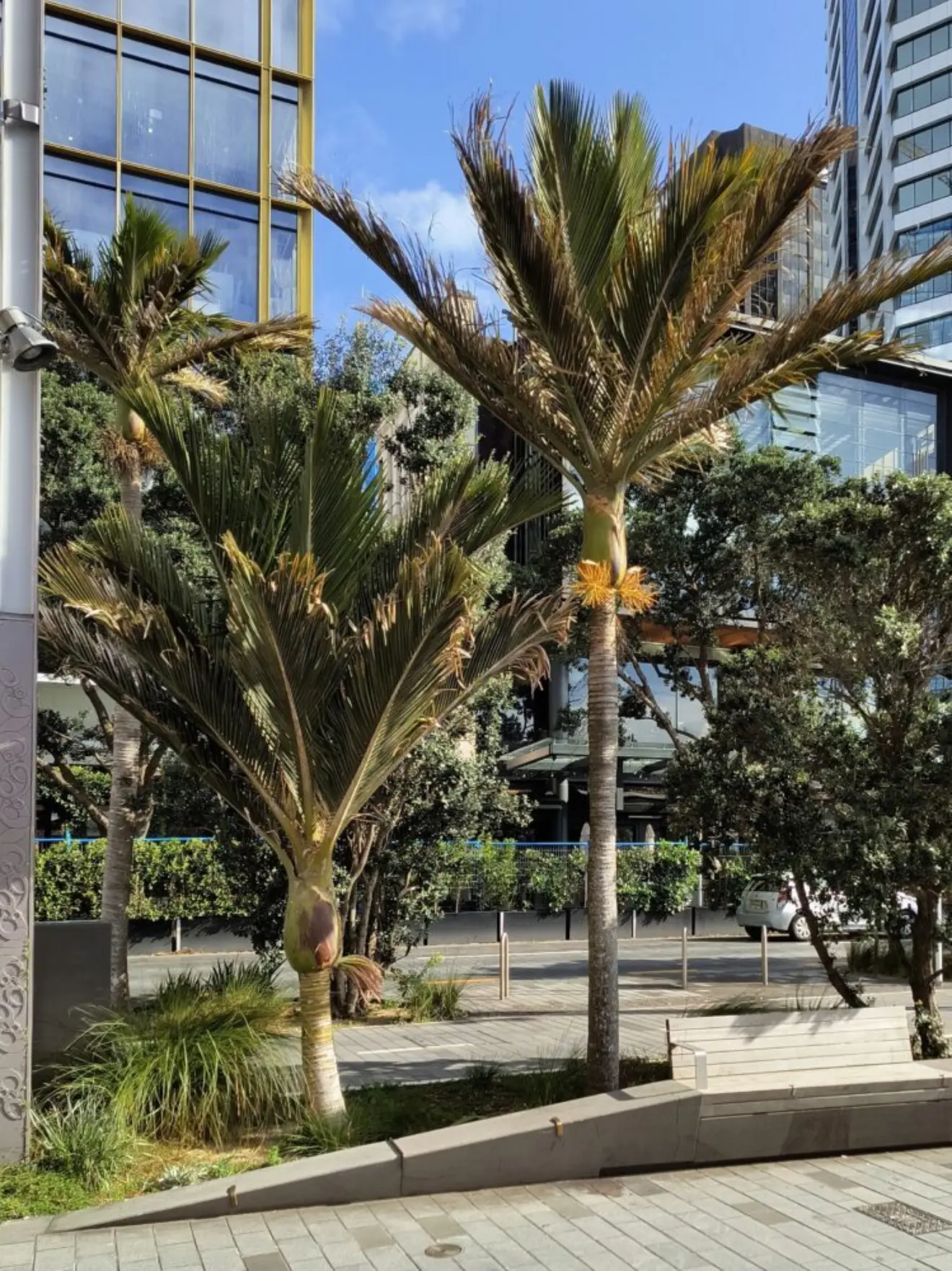
10. Lepidorrhachis mooreana | Little Mountain Palm
🌍 Native Range: Mount Gower, Lord Howe Island
🏝️ Claim to Fame: Grows only in a 1.5-square-mile cloud forest atop a single mountain
🌫️ Habitat: Misty, high-altitude rainforest — rarely exceeds 40°F
✨ Fun Fact: Known as one of the world’s most geographically restricted palms — a relic of ancient Gondwanan flora.
At the Ends of the Earth, Palms Still Thrive
From the icy shadows of Himalayan slopes to the mist-draped cliffs of Lord Howe Island, these rare palms remind us that the genus Arecaceae is not just a tropical icon — it’s a tale of endurance, evolution, and adaptation. Whether clinging to volcanic ridges or basking in salty tides, palms have found a way to thrive in the most unexpected places on Earth.
Next time someone says palms only belong at the beach, show them the edge of the map.
